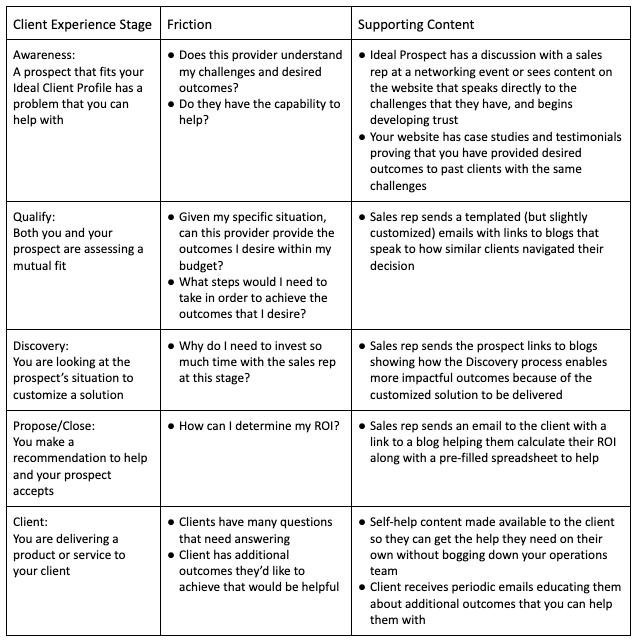Content is at the heart of sales and marketing communication. As Darrell Amy says in his book Revenue Growth Engine, content is the fuel that feeds the sales and marketing processes that drive revenue growth. Implementing a content strategy ensures that your Revenue Growth Engine stays perpetually in motion.
Developing content to enable sales and marketing to ultimately drive revenue growth is not an exception to the old adage: Failing to plan is planning to fail. Having a content strategy ensures that your message will resonate with your audience.
If you don’t already have a content strategy in place, you may be asking: Why do I need a content strategy? The big idea with this blog is to answer that question.
Before we start, answer this question. How do you feel when you are contemplating buying something, or when you’re looking for support when you go onto a website and can’t find the answers you need?
Frustrated? Lack of trust? Want to go somewhere else to find the answers, or choose a different provider?
Here are just a few symptoms of not having an effective content strategy in place:
- The messaging on your website doesn’t clearly communicate outcomes to prospects that are ideal fits for your business
- The messages that your sales team communicates to prospects and clients is inconsistent from rep to rep
- All of your sales team spends time independently formulating messages in long emails instead of using content written for them to use by designated writers
- You struggle to know what to post on social media
- Prospects lack clarity as they navigate their experience with your business because they cannot find answers to common questions on your website (This may be going on and you don’t know it!)
- Your client-facing team members spend lots of time communicating with your clients about the same thing over and over.
Let’s take a step away from sales and marketing to look at operations. How does an operational team deliver quality customer service? More than likely, there are documented processes in place that are followed by operational team members. It would be pretty hard to deliver consistent, quality customer service without it, right?
Not having a content strategy for your sales and marketing processes is like not having procedures in place for your operations team. When you boil it down, there are two high-level benefits for implementing a content strategy:
- Effectiveness: Executing on a strategic content strategy ensures that the content initially connects and engages with prospects seeking your help and also streamlines their entire experience with your business.
- Efficiency: Simply stated, centrally creating content for your sales and marketing organizations to share is way more efficient than asking everyone to write their own content.
An effective content strategy has two different components:
- Overarching Company Message: Content that connects with prospects that are ideal fits for your business when they are determining whether or not they want to engage with your business
- Ideal Client Experience Content: Content that supports your prospects and clients throughout their entire experience with your business.
Overarching Company Message
It is very important to have a consistent message that engages with the prospects that are ideal fits for your business. We have written about it a lot! People don’t buy products or services, they buy outcomes.
At the heart of this high-level message is a story with your ideal client as the protagonist that:
- Has a challenge that is impacting their business
- Engages you to help them
- And ends with them achieving the outcomes that they need to move their business forward.
Your content strategy goes beyond merely creating this message. It also ensures that this story is known by all members of your organization and it permeates throughout your website and all collateral. This company message should be familiar to all team members and should be the rapid-fire answer to the question “what does your company do?”
While important, implementing the overarching company message is just the beginning.
Ideal Client Experience Content
The other component of your content strategy is a framework for the ongoing creation of impactful content that feeds your sales and marketing processes.
In the B2B space, the journey that prospects go through to achieve all the outcomes that you can deliver for them is likely longer than a trip to the grocery store.
During that journey, your prospects encounter friction. At Convergo, we use “friction” to describe the various questions, concerns, or lack of clarity that they might have along the way. Content is a great way to provide this needed clarity.
Mapping out this journey is a great place to start. Once the stages of the journey are mapped out, you have some context to think through potential friction. Then, you can write or produce content that provides clarity and alleviate concerns in order to minimize friction.
Let’s fast forward a bit and look at what it looks like if you have been executing a content strategy for a year or so within the context of a relatively basic client experience.
Content Strategy Based on the Client Experience

So there you have it! Your content strategy is in motion! Now:
- Your team members (and website) have a consistent story to tell prospects about the challenges that they have and outcomes that your can help them deliver
- Your sales team has a library of quality content to minimize friction without having to create (sometimes sub-par or on-the-fly) messaging of their own
- Prospects have increased clarity as they navigate their experience with your business, thus shortening sales cycles and improving client satisfaction
- You have content to post on social media that will resonate with your audience
- Your operations team has content that they can use to help clients instead of explaining things over and over again.
Is this what it looks like in your business? If not, what’s stopping you from implementing something like this?




